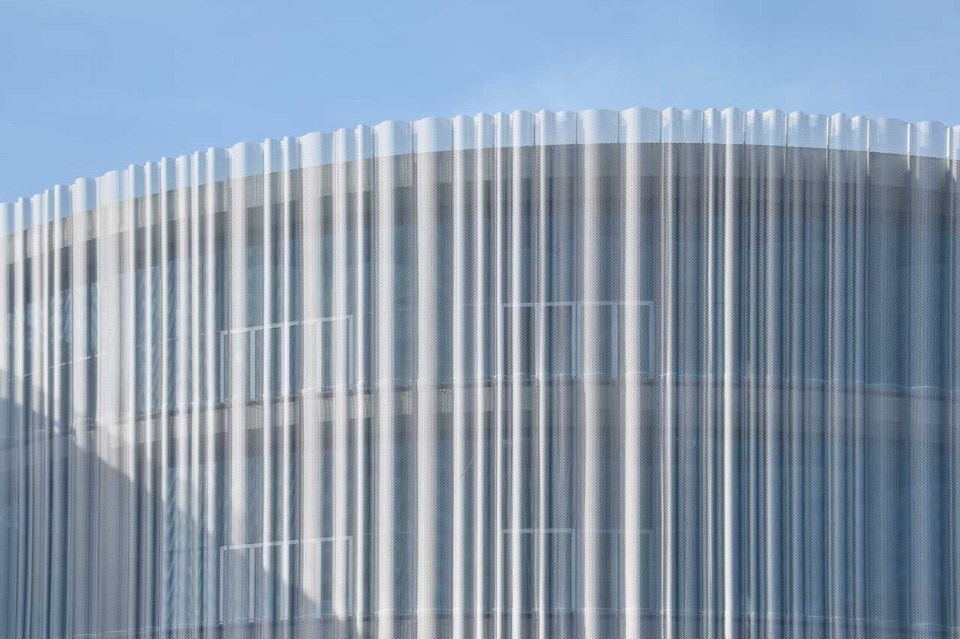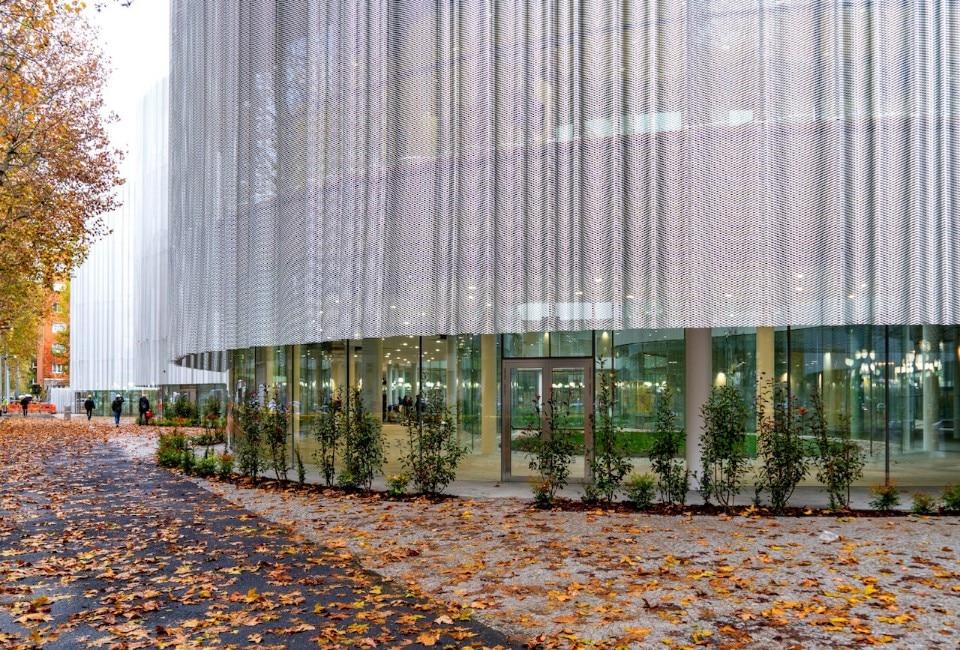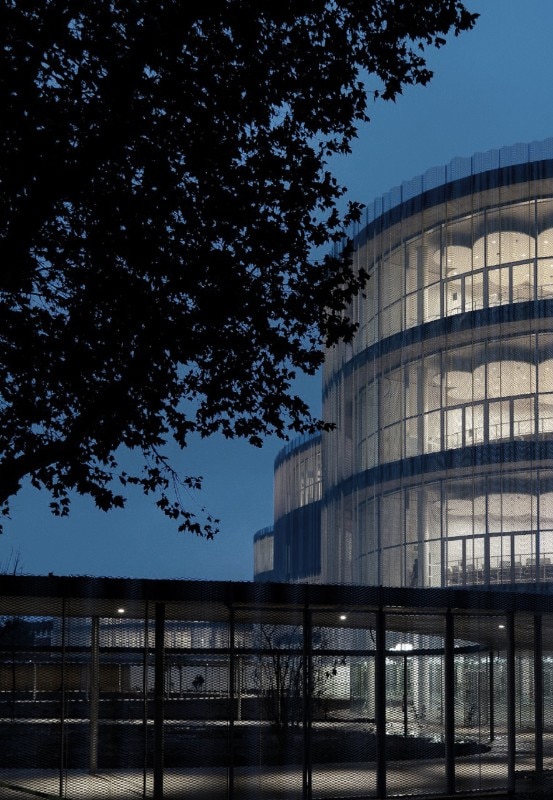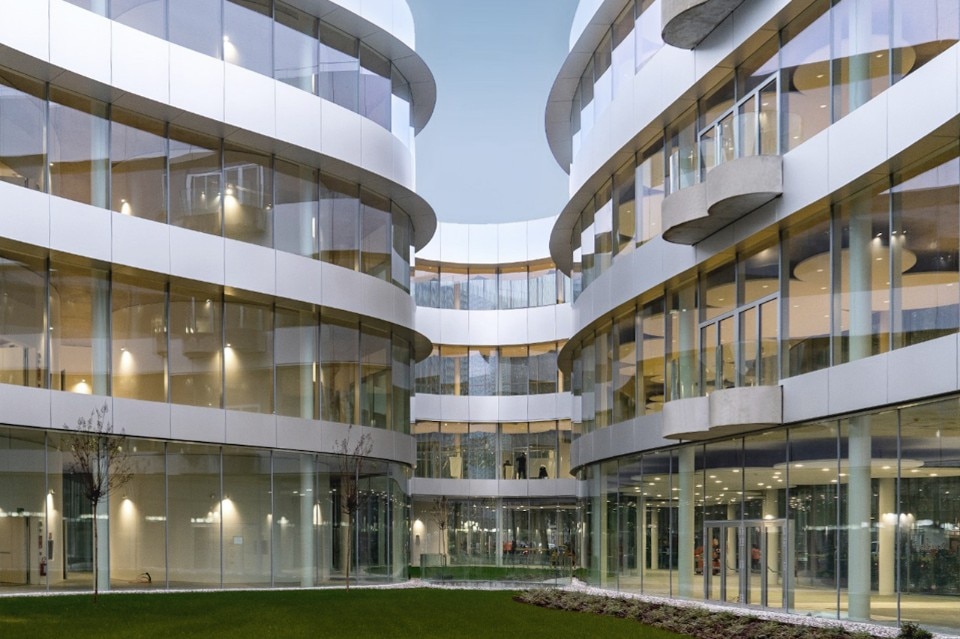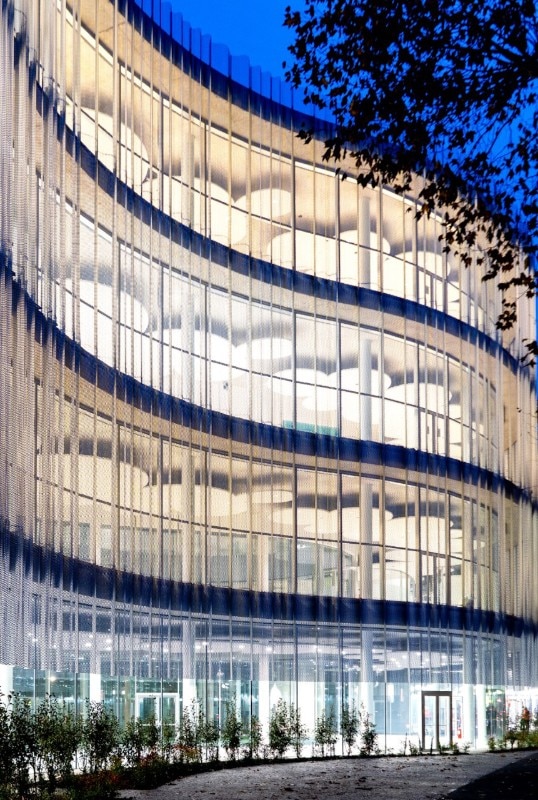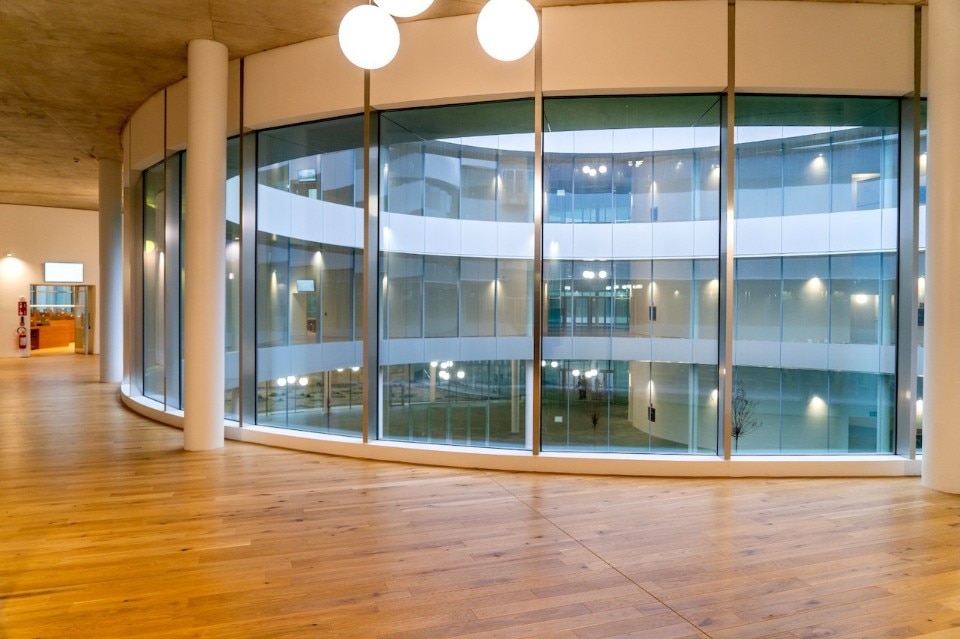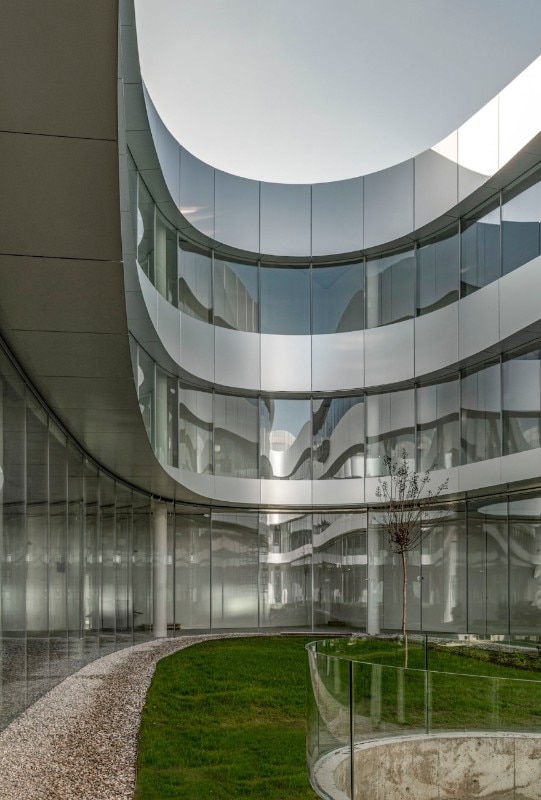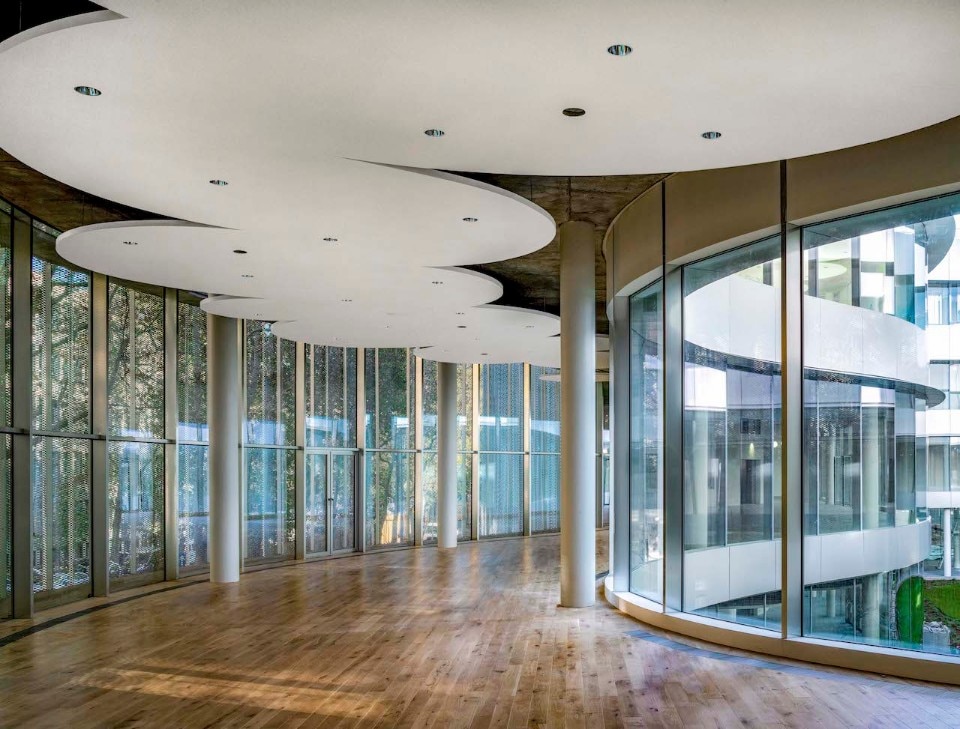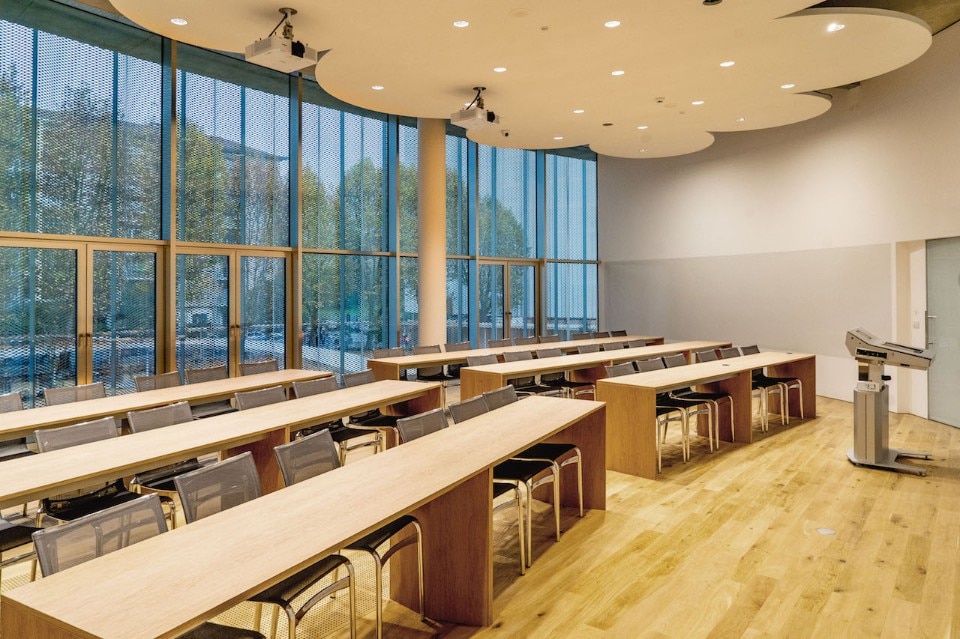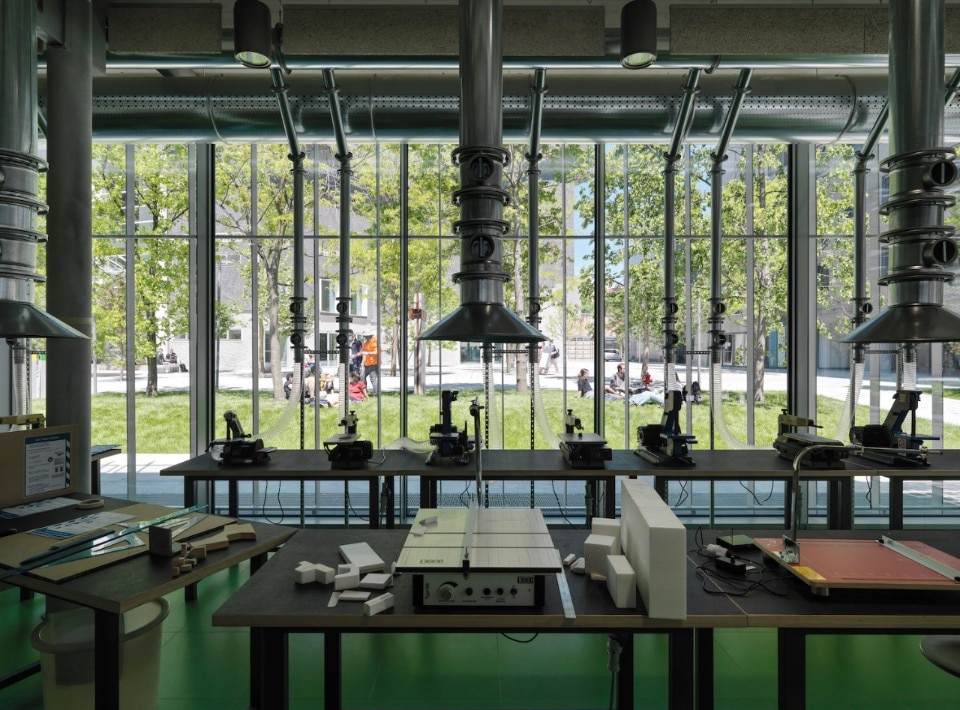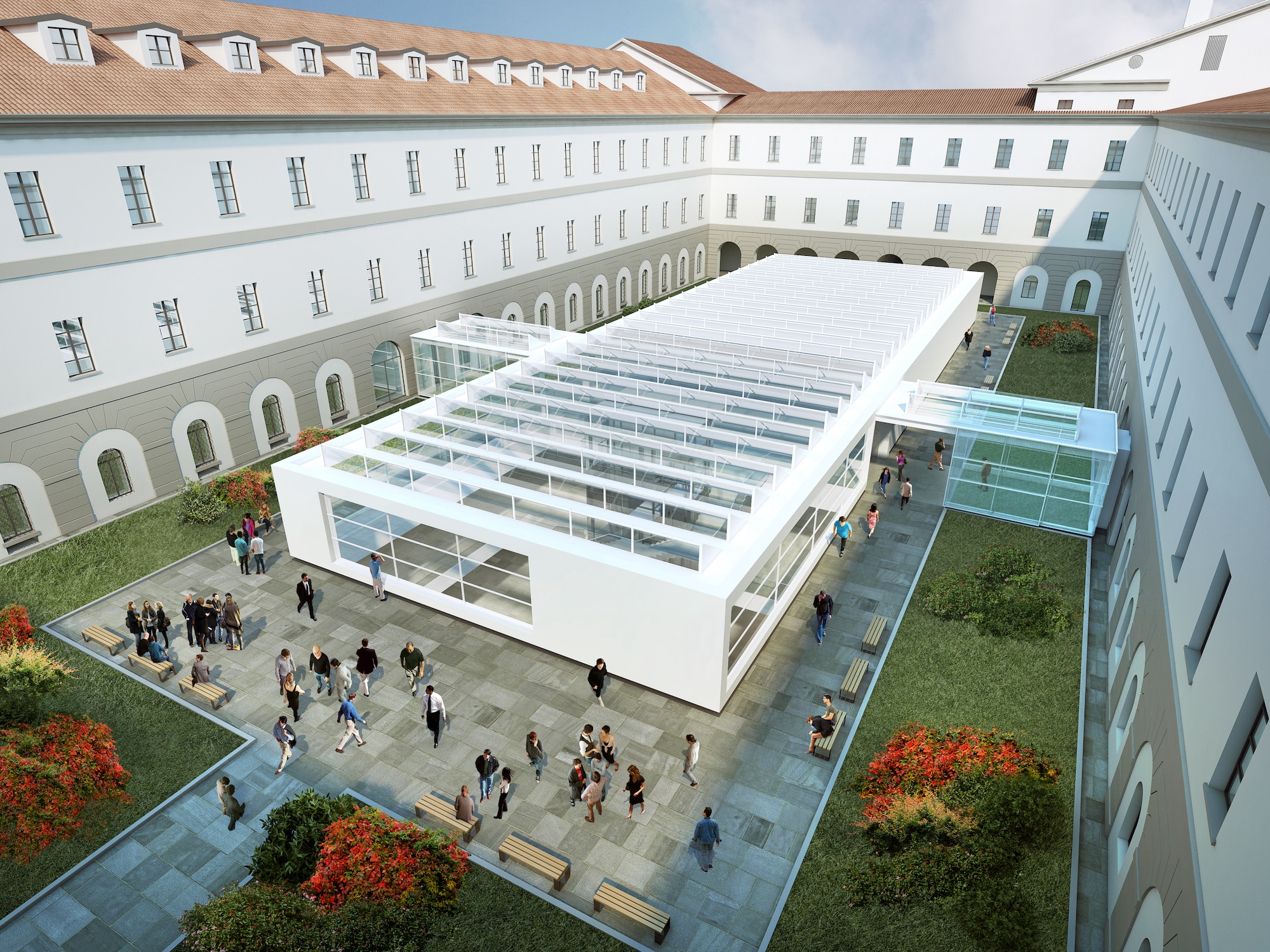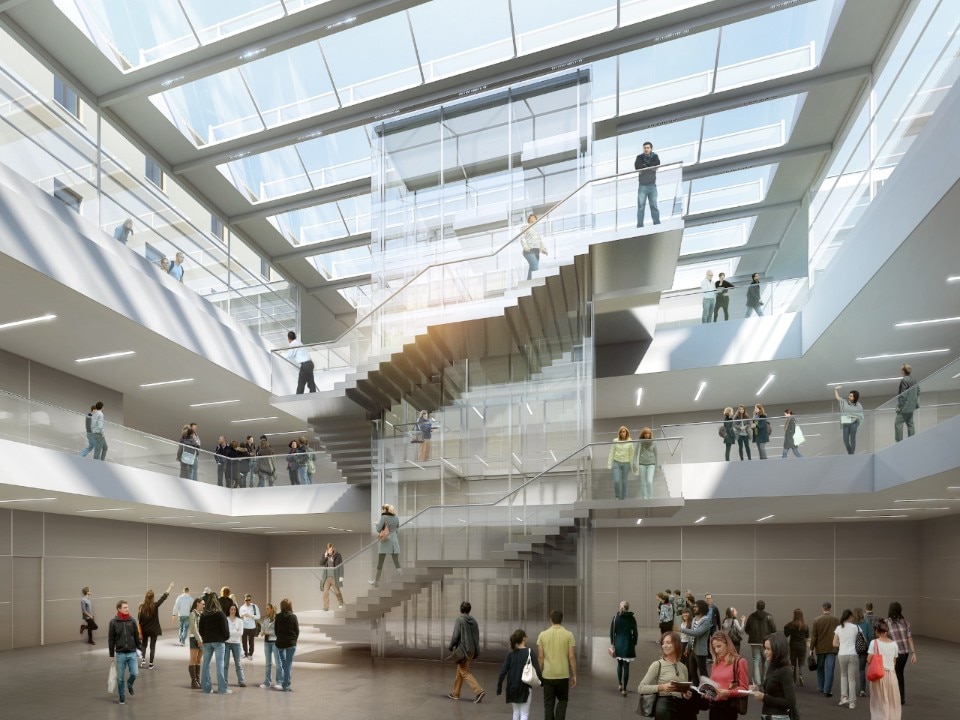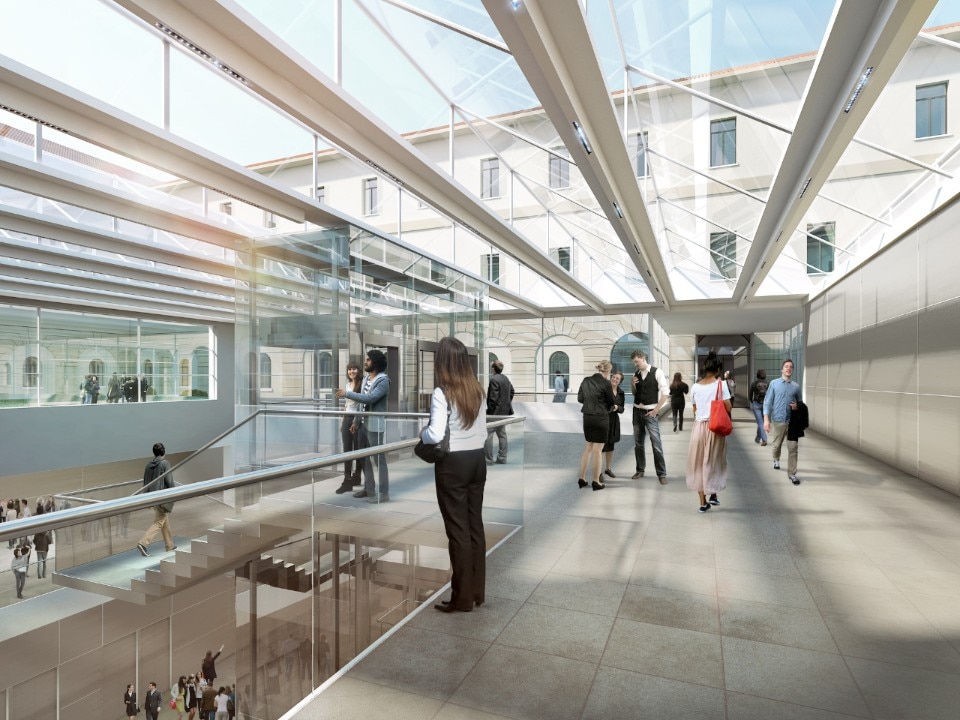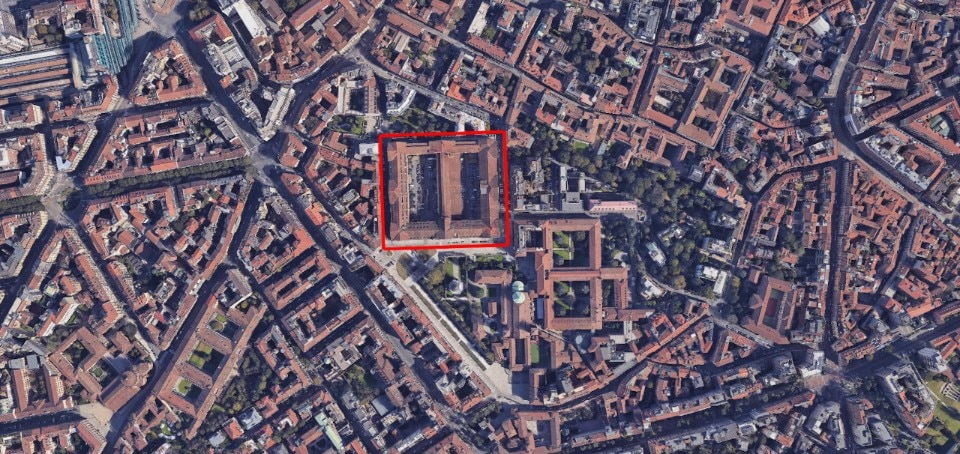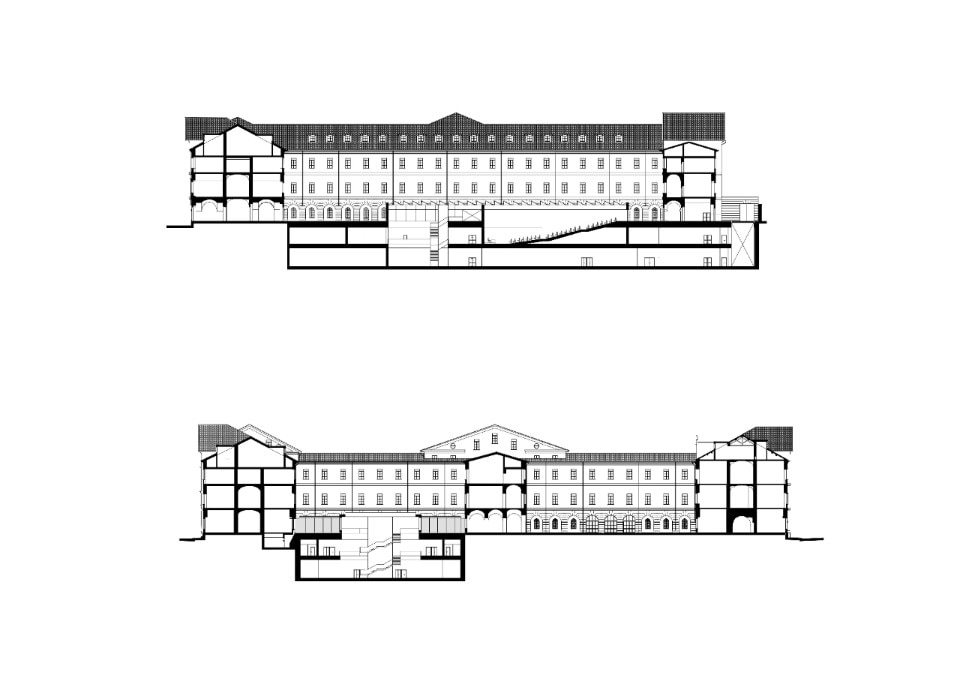Among many new construction sites and post-Covid resurgence of metropolitan energy, it is also the turn of the university world to undergo renewal. In Milan, three major universities have decided to expand and create new facilities, also in order to comply with increasingly high European standards and improve their position in international rankings. Here we see the recent interventions, divided between expressive works signed by internationally renowned architects, or more silent projects of reuse of the existing facilities.
Università Bocconi
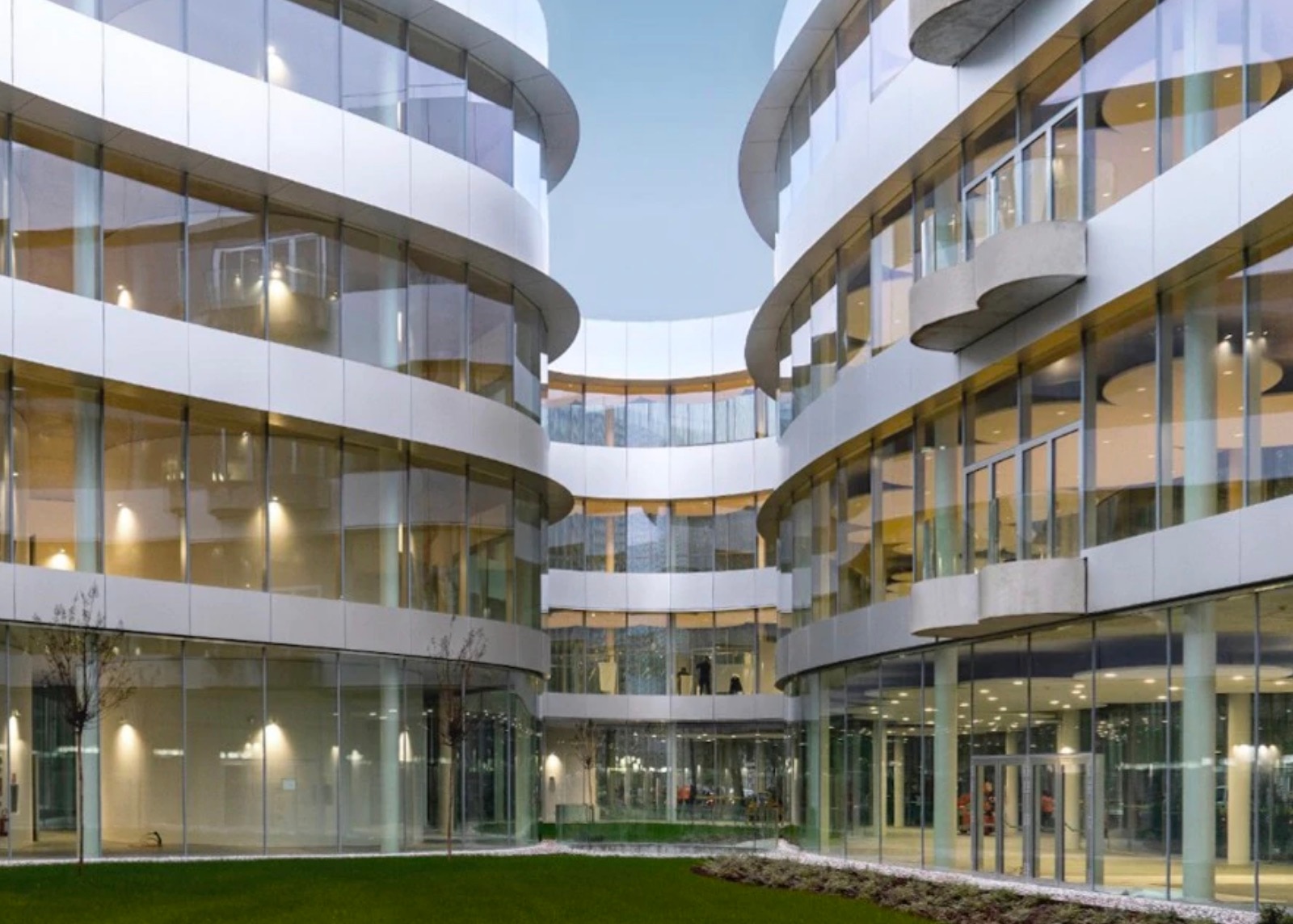
 View gallery
View gallery
Inaugurated at the end of 2019, Bocconi University has decided to entrust its expansion to the Japanese duo SANAA. The complex – located between the mid-thirties complex designed by Giuseppe Pagano and Gian Giacomo Pedraval on Via Sarfatti, and the busy Viale Toscana ring road – takes the place of the former Centrale del Latte, occupying 35,000 square metres, for a total of 90,000 square metres of land if the old building is also considered. For the new campus, the Pritzker Prize designed four cylindrical glazed structures partly clad in a semi-transparent mesh, conceptually referring to the concept of the openness of the campus. However, still not all of them are accessible. This skin of expanded aluminum is the most expressive element of the architecture, enveloping all the building masses, except for the glass ellipsoid of the sports center, and giving the building a suggestion of fading.
The spatial distribution sees the SDA headquarters located on Via Sarfatti in continuity with the old campus, the student residence in an intermediate position with respect to the lot, in a quiet spot away from the road, and finally, the sports center located on the ring road, easily accessible to the citizens, which includes two swimming pools, a fitness area, a sports arena with basketball/volleyball court and an indoor running track.
The module dedicated to student accommodation is instead resolved through the design of a hollow cylinder with mini-apartments for two people facing outwards and distributed by a corridor with a view-patio. The new campus also guarantees energy self-sufficiency on an annual basis and photovoltaic panels are placed on the roofs of the buildings.
Politecnico di Milano
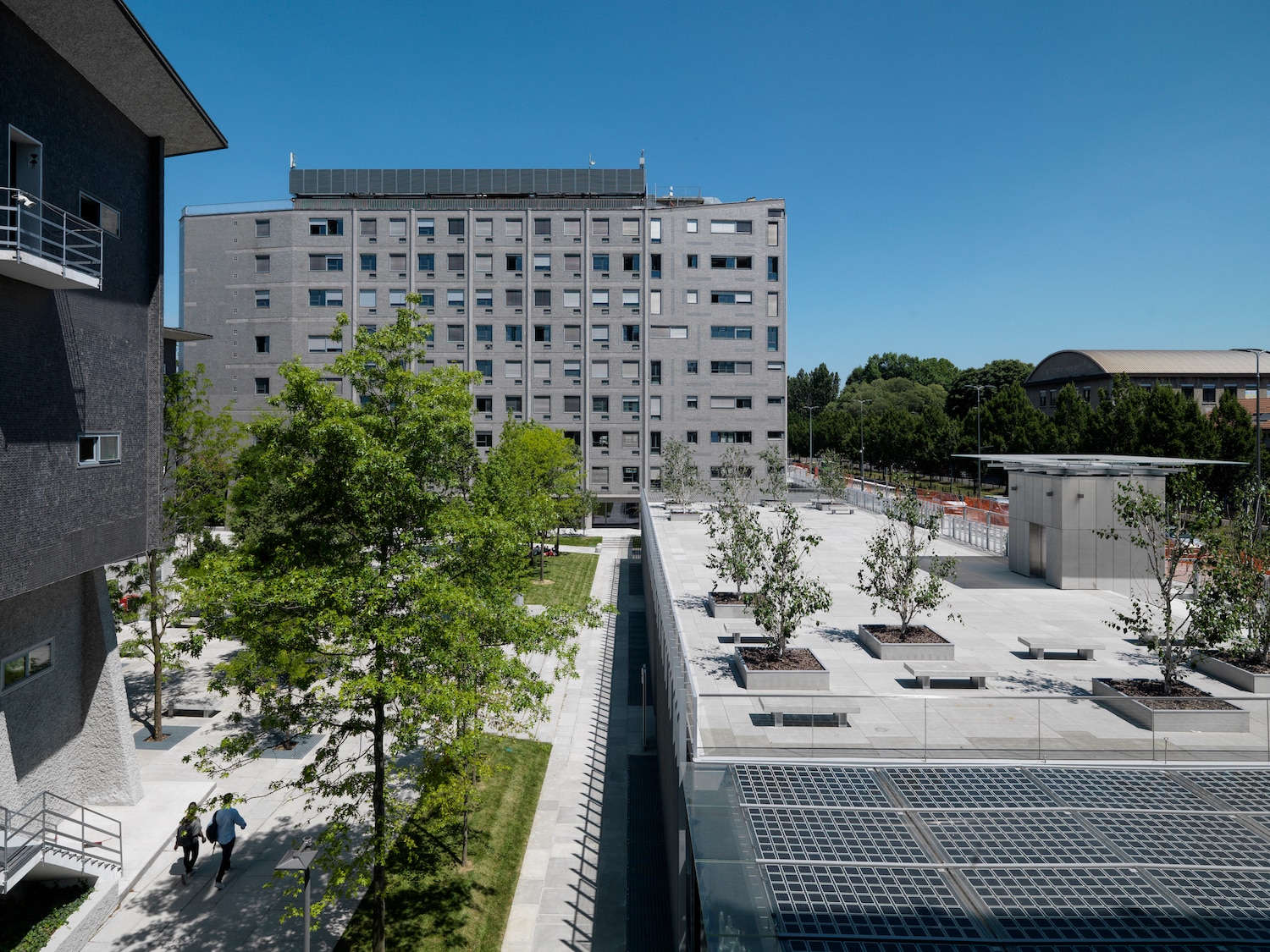
 View gallery
View gallery
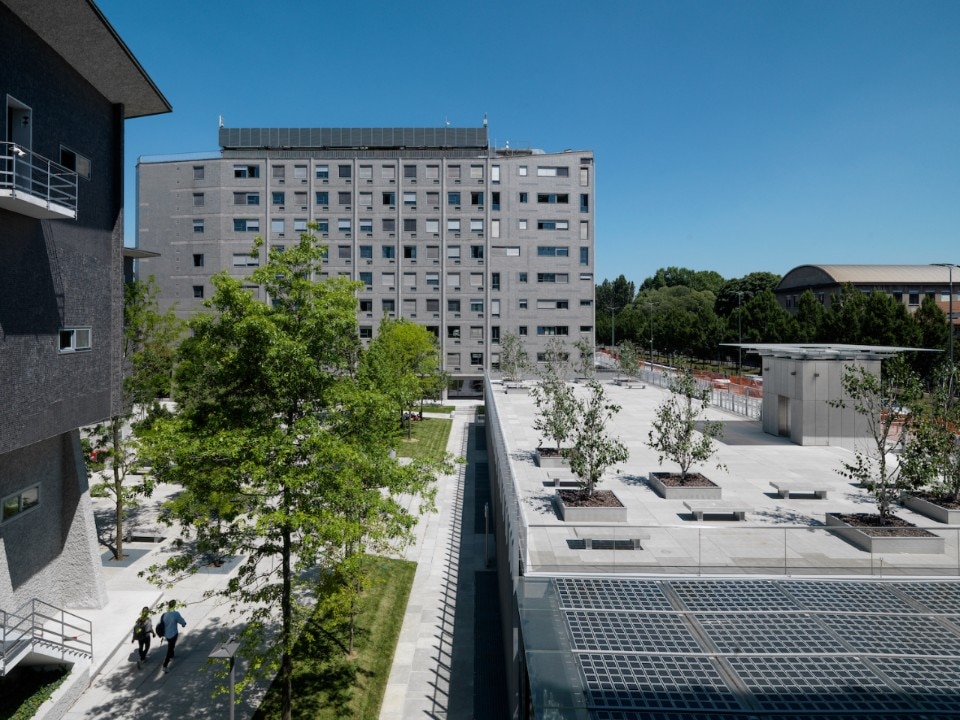
ODB & Partners, Campus di Architettura del Politecnico di Milano, Milano, Italia, 2021
Foto Enrico Cano
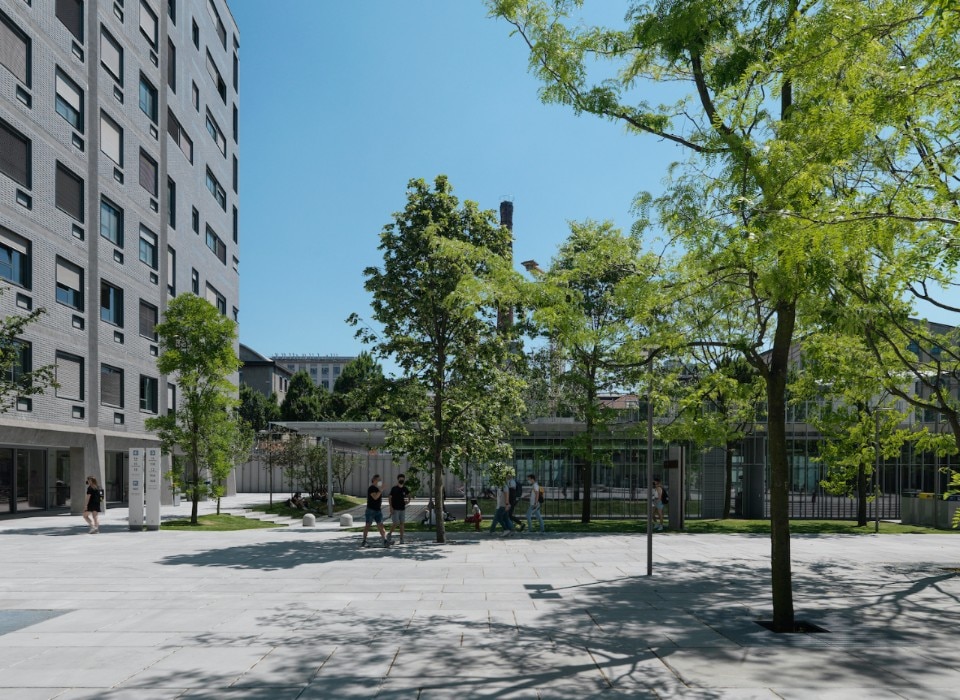
ODB & Partners, Campus di Architettura del Politecnico di Milano, Milano, Italia, 2021
Foto Enrico Cano

ODB & Partners, Campus di Architettura del Politecnico di Milano, Milano, Italia, 2021
Foto Enrico Cano
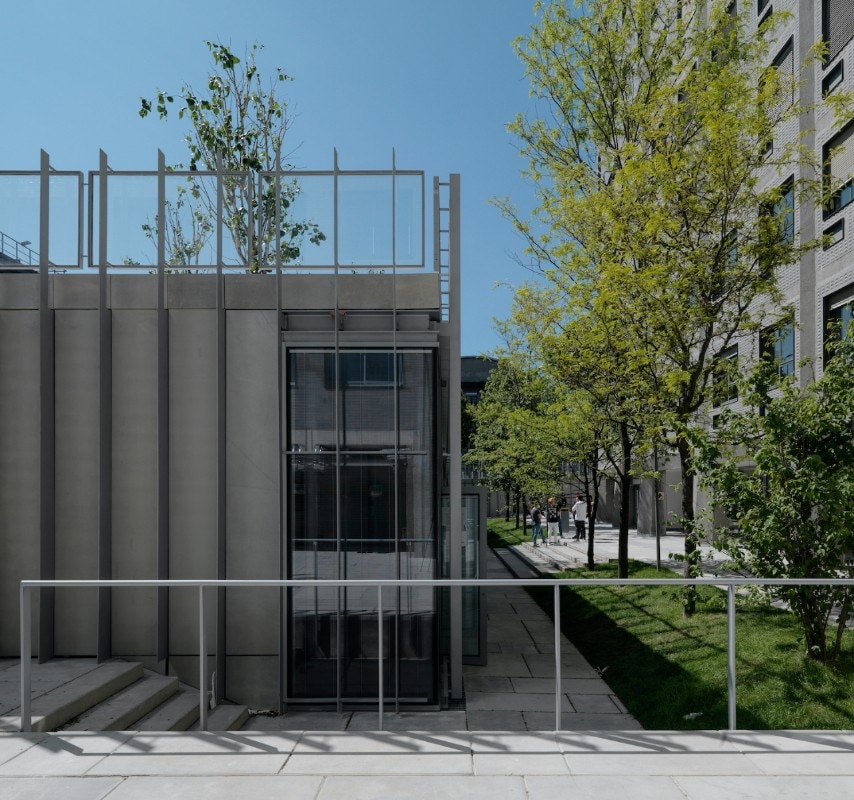
ODB & Partners, Campus di Architettura del Politecnico di Milano, Milano, Italia, 2021
Foto Enrico Cano
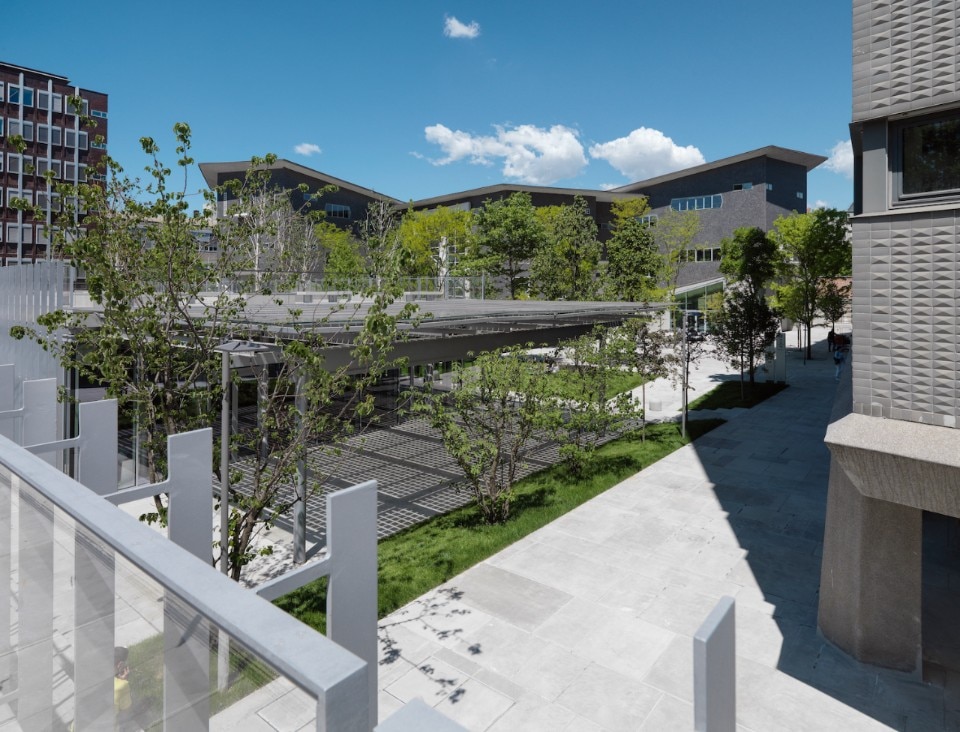
ODB & Partners, Campus di Architettura del Politecnico di Milano, Milano, Italia, 2021
Foto Enrico Cano
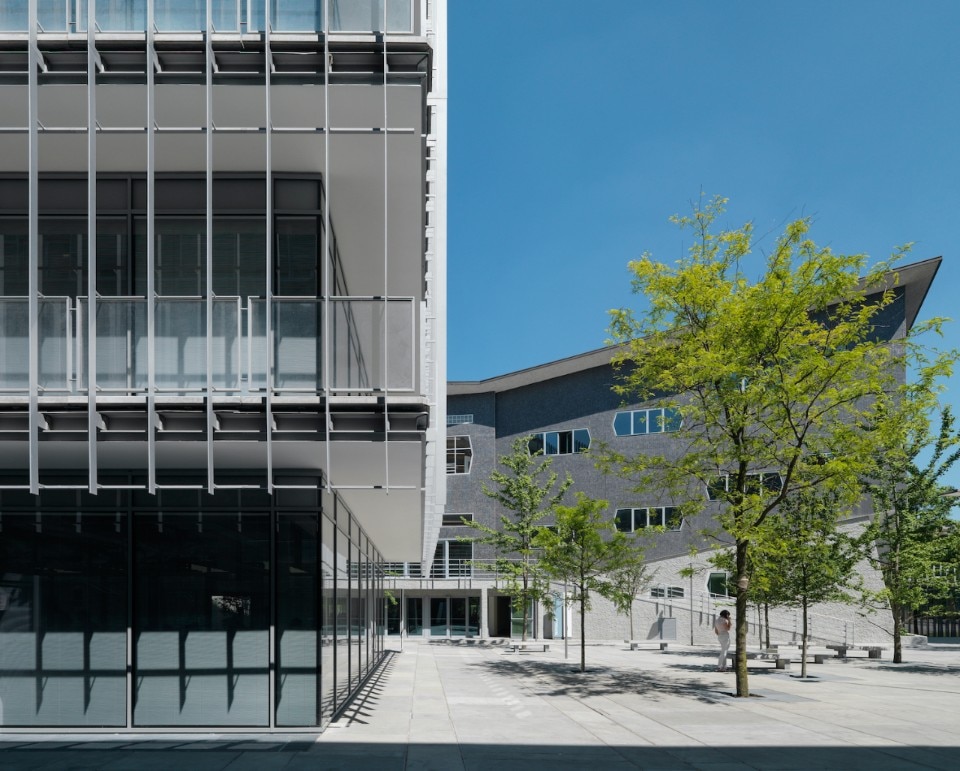
ODB & Partners, Campus di Architettura del Politecnico di Milano, Milano, Italia, 2021
Foto Enrico Cano
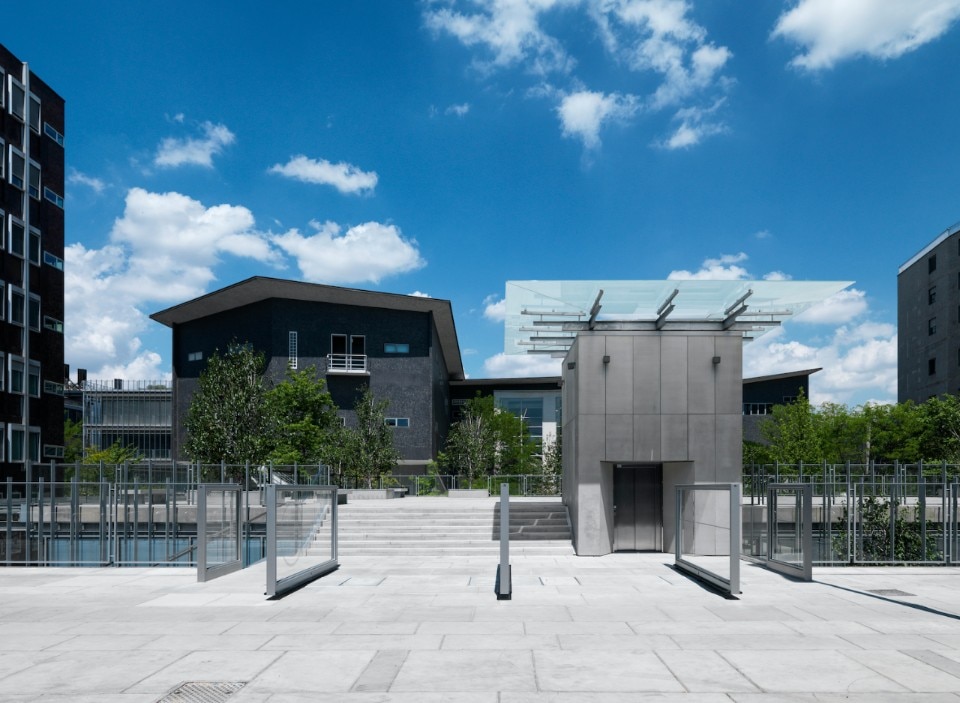
ODB & Partners, Campus di Architettura del Politecnico di Milano, Milano, Italia, 2021
Foto Enrico Cano
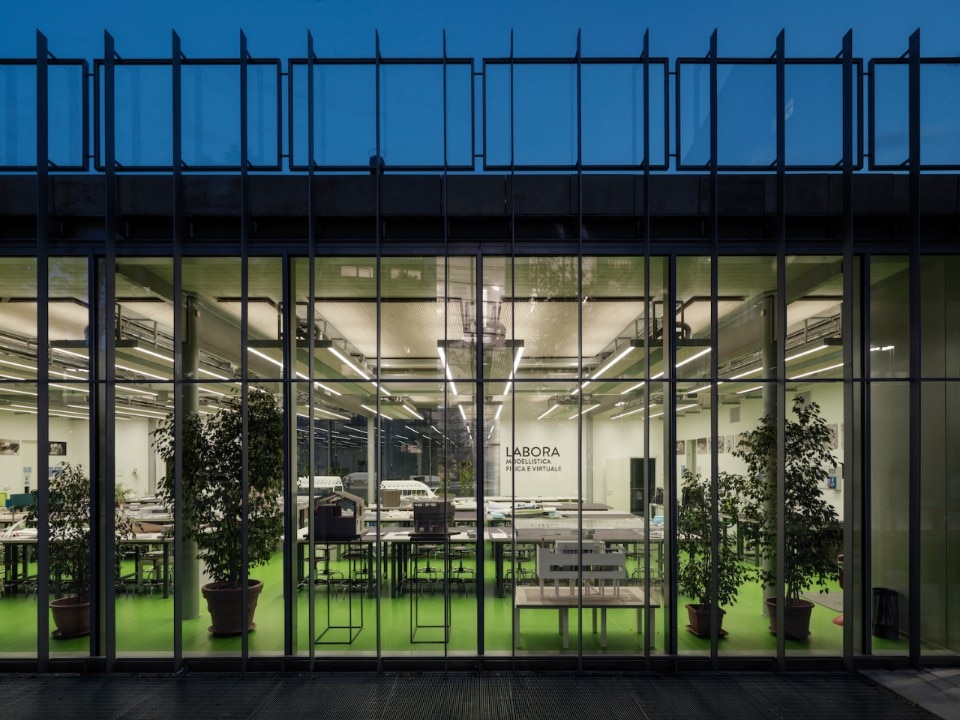
ODB & Partners, Campus di Architettura del Politecnico di Milano, Milano, Italia, 2021
Foto Enrico Cano
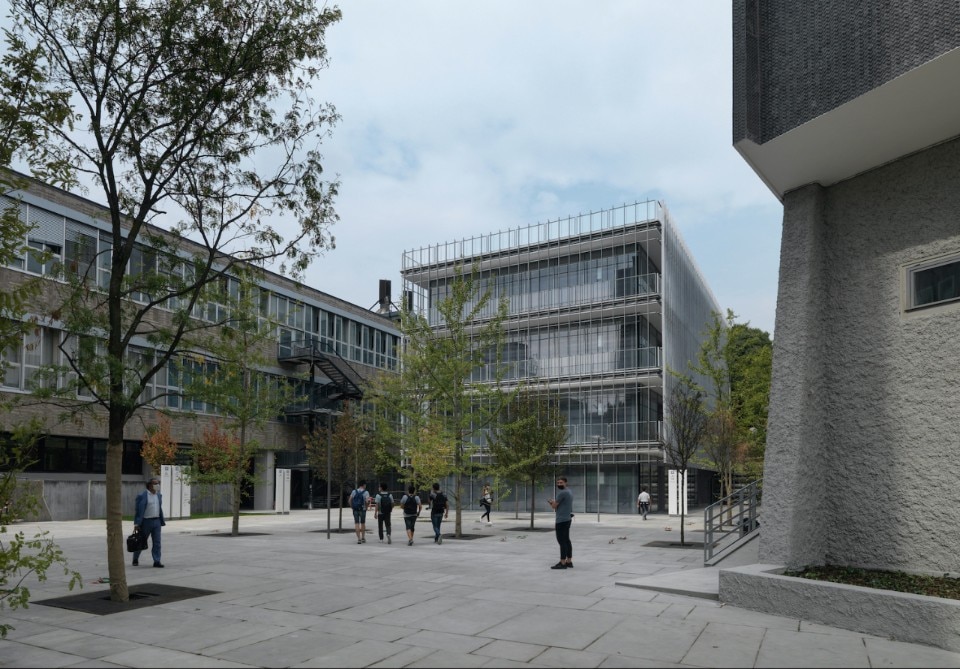
ODB & Partners, Campus di Architettura del Politecnico di Milano, Milano, Italia, 2021
Foto Enrico Cano
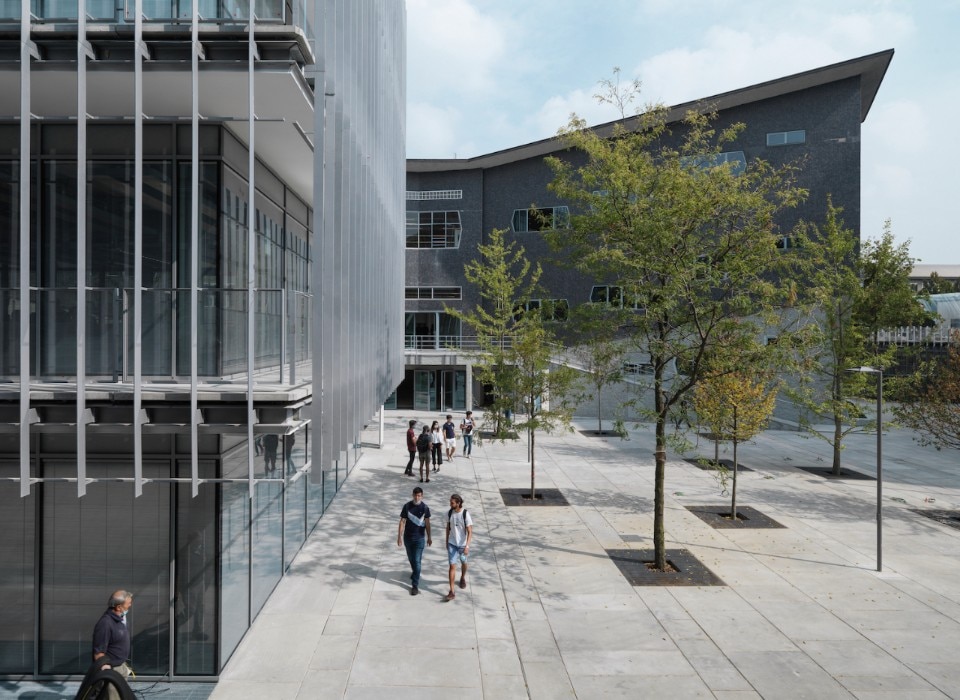
ODB & Partners, Campus di Architettura del Politecnico di Milano, Milano, Italia, 2021
Foto Enrico Cano

ODB & Partners, Campus di Architettura del Politecnico di Milano, Milano, Italia, 2021
Foto Enrico Cano
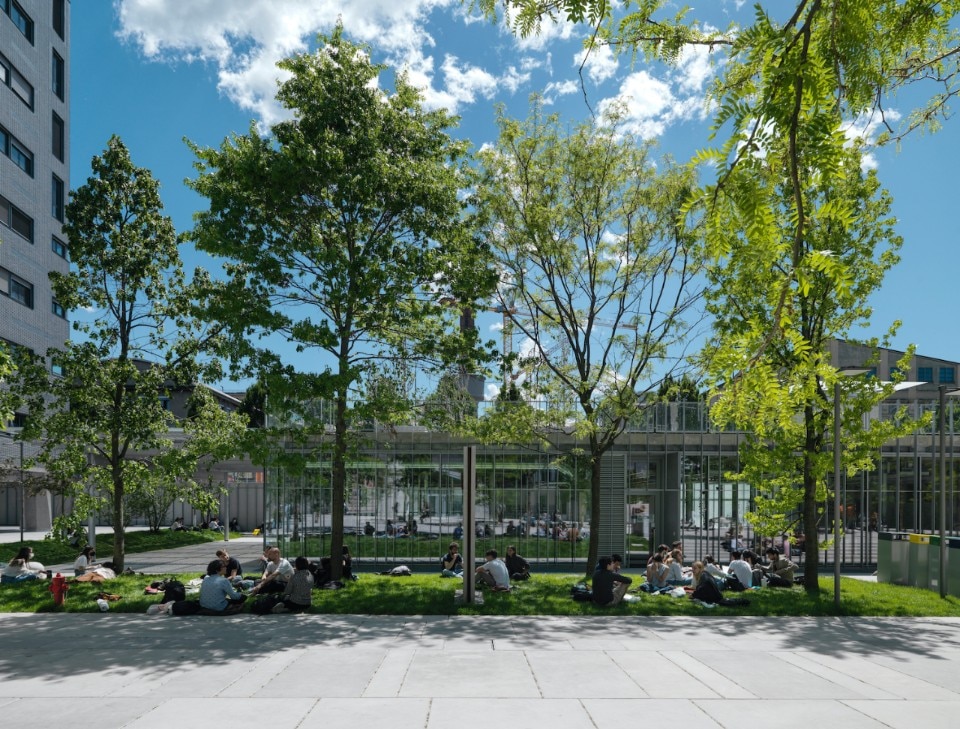
ODB & Partners, Campus di Architettura del Politecnico di Milano, Milano, Italia, 2021
Foto Enrico Cano
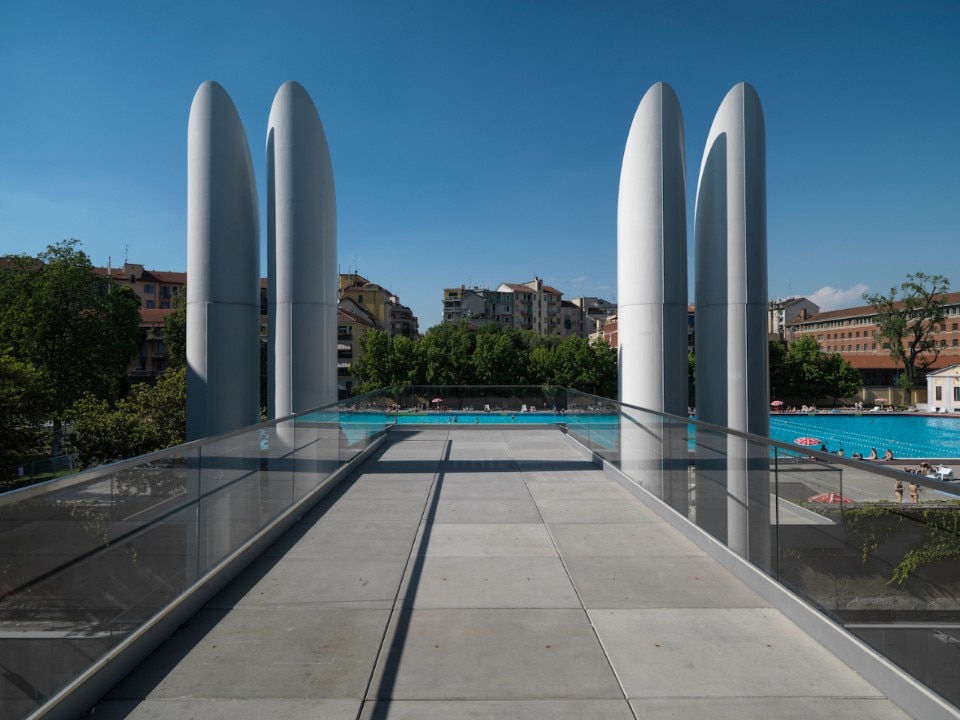
ODB & Partners, Campus di Architettura del Politecnico di Milano, Milano, Italia, 2021
Foto Enrico Cano

ODB & Partners, Campus di Architettura del Politecnico di Milano, Milano, Italia, 2021
Foto Enrico Cano
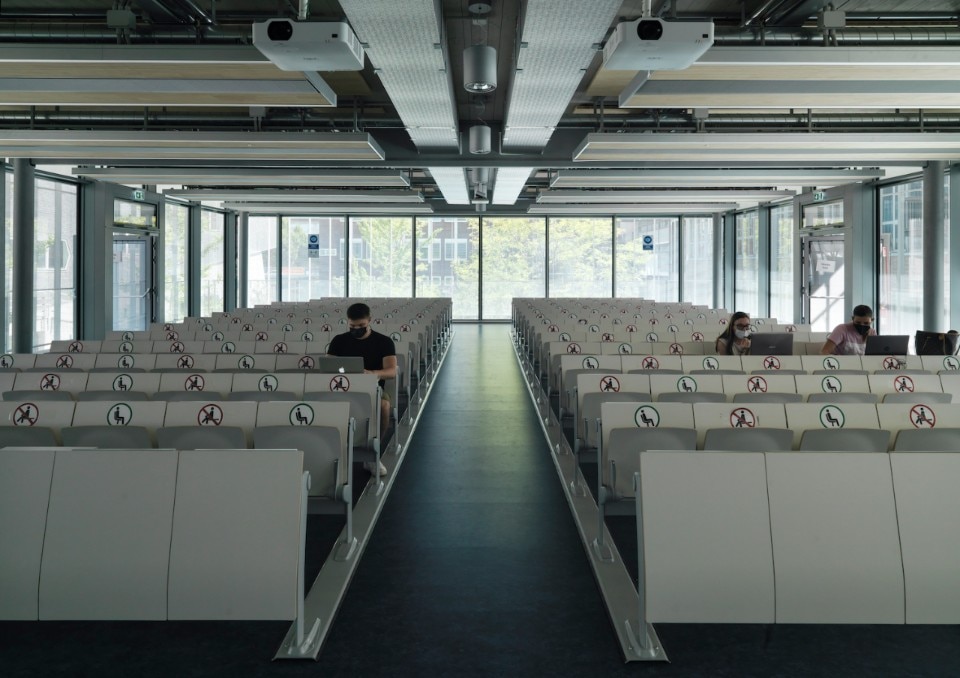
ODB & Partners, Campus di Architettura del Politecnico di Milano, Milano, Italia, 2021
Foto Enrico Cano
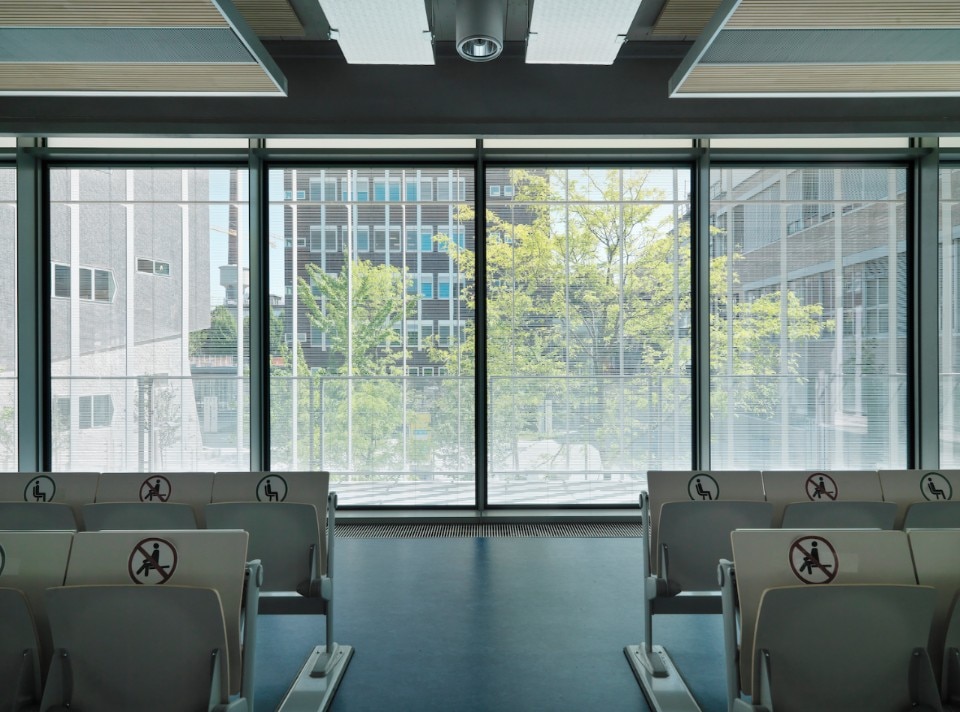
ODB & Partners, Campus di Architettura del Politecnico di Milano, Milano, Italia, 2021
Foto Enrico Cano

ODB & Partners, Campus di Architettura del Politecnico di Milano, Milano, Italia, 2021
Foto Enrico Cano
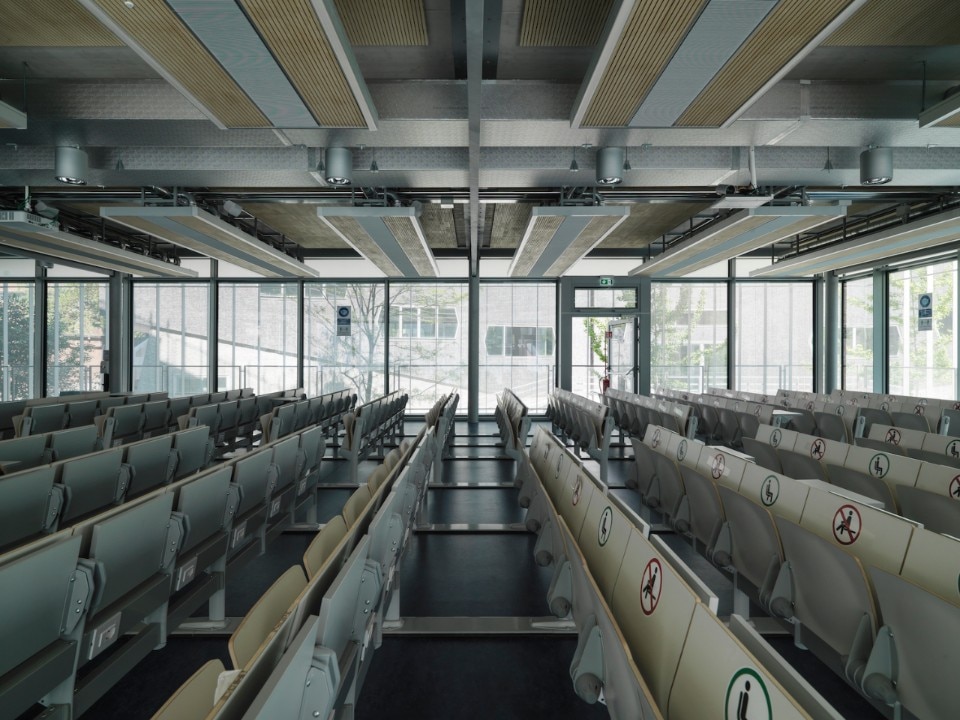
ODB & Partners, Campus di Architettura del Politecnico di Milano, Milano, Italia, 2021
Foto Enrico Cano
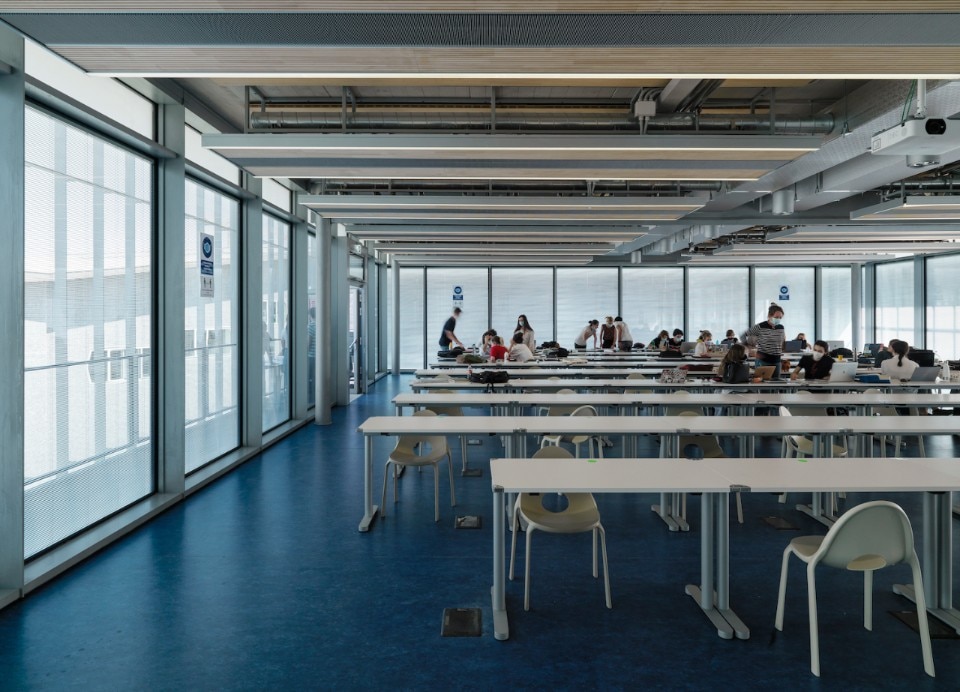
ODB & Partners, Campus di Architettura del Politecnico di Milano, Milano, Italia, 2021
Foto Enrico Cano
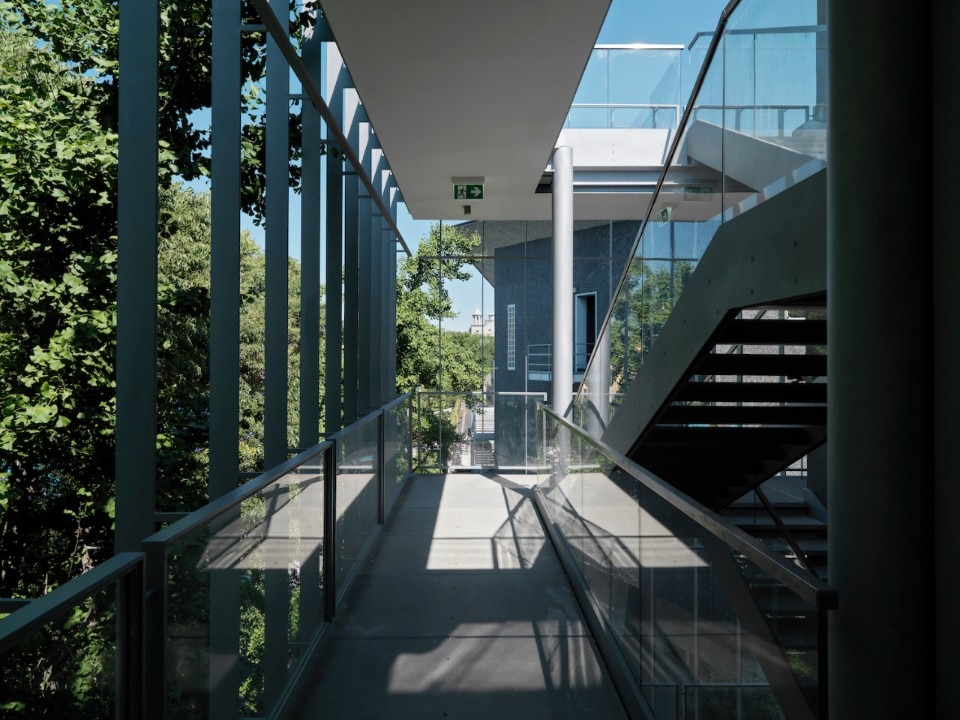
ODB & Partners, Campus di Architettura del Politecnico di Milano, Milano, Italia, 2021
Foto Enrico Cano
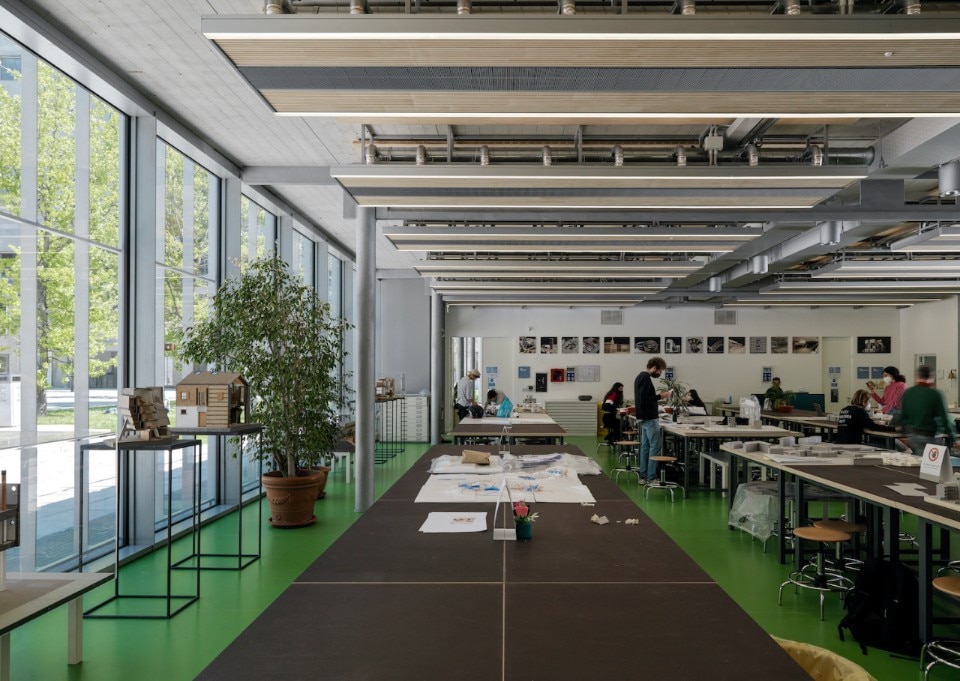
ODB & Partners, Campus di Architettura del Politecnico di Milano, Milano, Italia, 2021
Foto Enrico Cano
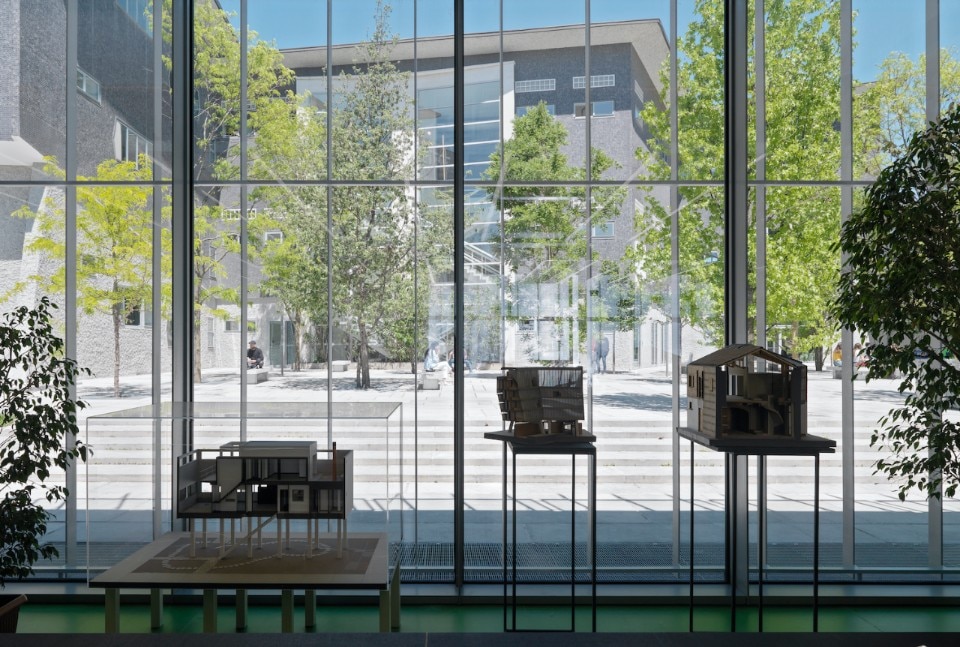
ODB & Partners, Campus di Architettura del Politecnico di Milano, Milano, Italia, 2021
Foto Enrico Cano

ODB & Partners, Campus di Architettura del Politecnico di Milano, Milano, Italia, 2021
Foto Enrico Cano

ODB & Partners, Campus di Architettura del Politecnico di Milano, Milano, Italia, 2021
Foto Enrico Cano

ODB & Partners, Campus di Architettura del Politecnico di Milano, Milano, Italia, 2021
Foto Enrico Cano

ODB & Partners, Campus di Architettura del Politecnico di Milano, Milano, Italia, 2021
Foto Enrico Cano

ODB & Partners, Campus di Architettura del Politecnico di Milano, Milano, Italia, 2021
Foto Enrico Cano

ODB & Partners, Campus di Architettura del Politecnico di Milano, Milano, Italia, 2021
Foto Enrico Cano

ODB & Partners, Campus di Architettura del Politecnico di Milano, Milano, Italia, 2021
Foto Enrico Cano

ODB & Partners, Campus di Architettura del Politecnico di Milano, Milano, Italia, 2021
Foto Enrico Cano

ODB & Partners, Campus di Architettura del Politecnico di Milano, Milano, Italia, 2021
Foto Enrico Cano

ODB & Partners, Campus di Architettura del Politecnico di Milano, Milano, Italia, 2021
Foto Enrico Cano

ODB & Partners, Campus di Architettura del Politecnico di Milano, Milano, Italia, 2021
Foto Enrico Cano

ODB & Partners, Campus di Architettura del Politecnico di Milano, Milano, Italia, 2021
Foto Enrico Cano

ODB & Partners, Campus di Architettura del Politecnico di Milano, Milano, Italia, 2021
Foto Enrico Cano

ODB & Partners, Campus di Architettura del Politecnico di Milano, Milano, Italia, 2021
Foto Enrico Cano

ODB & Partners, Campus di Architettura del Politecnico di Milano, Milano, Italia, 2021
Foto Enrico Cano

ODB & Partners, Campus di Architettura del Politecnico di Milano, Milano, Italia, 2021
Foto Enrico Cano

ODB & Partners, Campus di Architettura del Politecnico di Milano, Milano, Italia, 2021
Foto Enrico Cano

ODB & Partners, Campus di Architettura del Politecnico di Milano, Milano, Italia, 2021
Foto Enrico Cano

ODB & Partners, Campus di Architettura del Politecnico di Milano, Milano, Italia, 2021
Foto Enrico Cano

ODB & Partners, Campus di Architettura del Politecnico di Milano, Milano, Italia, 2021
Foto Enrico Cano

ODB & Partners, Campus di Architettura del Politecnico di Milano, Milano, Italia, 2021
Foto Enrico Cano

ODB & Partners, Campus di Architettura del Politecnico di Milano, Milano, Italia, 2021
Foto Enrico Cano
The expansion of the campus dedicated to the Faculty of Architecture at Milan Polytechnic is the result of a design intuition of Renzo Piano, continued with the final project by one of the Genoese architect’s best students, Ottavio Di Blasi, founding partner of ODB&Partners. The major project – made possible thanks in part to the six million euro raised through a crowdfunding operation - involved the transformation of the large urban area, restoring unity to the whole, upgrading the existing buildings, enhancing general functionality and increasing the surrounding green areas.
The relationship with the historic buildings and creating a green system will be implemented towards Via Bonardi, creating a sort of’ wired square”. One hundred thirty trees will be planted in this space, to complete the three new adjacent buildings: the first four-storey building, dedicated to classrooms for drawing and design laboratories, which replaces the Sottomarino, also by Ponti, and two one-storey buildings, which will house additional teaching spaces and a large model workshop.
The new buildings are not proposed as architectural objects in their own right, but rather as a new setting for stitching together the urban fabric of Città Studi, capable of integrating with it and generating a single permeable fabric between the city and the university. Partially hypogeal, they comprise a set of common building components that share structural elements, plant engineering components, door and window frames, parapets, and facade elements. In this way, the new architecture generates a sort of diffuse architectural fabric around Gio Ponti’s historic buildings.
Università Cattolica
Announced at the end of the year by Rector Franco Anelli, the new Cattolica University campus will be a redevelopment of the nineteenth-century Caserma Garibaldi, a complex built on the ashes of the medieval monastery of St. Francis the Great and became the headquarters of the hero of two worlds in 1845. The military building – a neoclassical, quadrangular structure with an internal layout featuring two courtyards of equal size – will be the subject of a major redevelopment project coordinated by Studio Beretta Associati and house an estimated 132 classrooms and more than 10,000 extra seats for students.
The historical center – located in Largo Gemelli – will therefore be treated with a conservative restoration, which will not involve any new constructions, except for the underground intervention at the northern courtyard with the construction of an 800-seat lecture hall and a complex of large classrooms. On the surface, a new volume with a shed roof characterized by great simplicity will house the entrance and the vertical connections to the spaces below.
Construction is scheduled to begin in 2022, and the entire university complex – with a total area of approximately 54,000 square meters – could be completed in about six years.
Opening image: SANAA, Campus Bocconi, Milan, Italy, 2020. Courtesy SANAA


